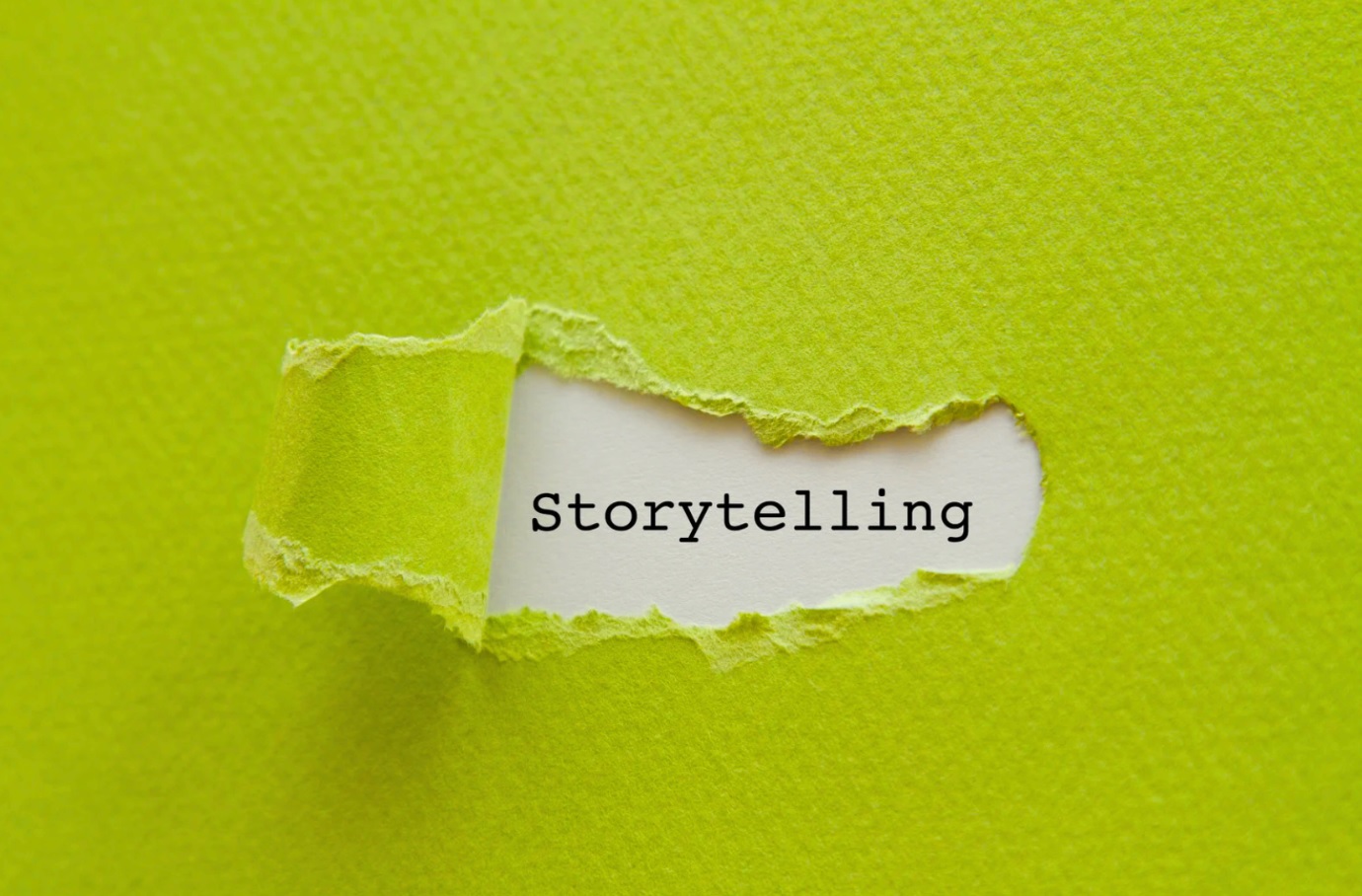by Audrey Jestin
Share
Share

Let’s face it: science doesn’t always make for the easiest bedtime reading. From protein sequencing pathways to CRISPR workflows, the language of scientific innovation can be a little… dense. But that doesn’t mean your message has to be. In fact, if you want to engage, inspire and drive action, storytelling could be your brand’s most powerful tool.
At kdm communications, we believe that great science deserves a great story – not because we’re chasing drama (although we’ll never say no to a cliffhanger), but because stories are how people make sense of the world. And in life sciences marketing – where complex ideas need to land with highly diverse audiences – the ability to simplify, humanise and connect is everything.
Why does storytelling matter in life sciences marketing?
In the life sciences and healthcare world, facts, figures, data and evidence will always matter – but stories are what bring them to life. A compelling narrative can:
- bridge the gap between technical detail and real-world relevance;
- transform a scientific breakthrough into something emotionally resonant;
- and help audiences to retain and recall complex ideas.
Consider this: would you rather read about a new gene therapy platform, or about the young patient whose life was transformed by it? We’re not suggesting that you abandon the science – far from it. But when you wrap data up in a narrative, people start to care. And when people care, it enhances connection and engagement.
How to simplify scientific concepts
Simplification isn’t about cutting corners; it’s about creating clarity. The best scientific stories distil complex ideas without compromising on accuracy. Here are a few storytelling tools that help:
-
- Use metaphors that resonate. Metaphors are an author’s best friend, taking technical concepts and mapping them onto something familiar. For instance, comparing CRISPR to ‘molecular scissors’ makes an abstract concept instantly more relatable – and memorable – to any audience.
- Put people at the centre. Whenever possible, shine a light on the human impact of your work. Patient perspectives, research journeys or examples of how your innovation solves real-world challenges can help to anchor your science in lived experiences.
- Show, don’t just tell. Sometimes, a picture really is worth a thousand words. Visual storytelling – through infographics, animations or even simple diagrams – can often explain what can’t easily be said. It also boosts retention, increases shareability and looks great across websites and social media.
Need help creating content that connects? Check out our content creation services and social media support.
How do case studies and testimonials build credibility?
In science, evidence is everything. Case studies and testimonials turn storytelling into something measurable and credible, showcasing your product, service or idea in action – with data, endorsements and outcomes as proof. Done well, they can:
- demonstrate value and ROI;
- build trust through peer-to-peer validation;
- and turn satisfied customers into advocates for your brand.
A strong testimonial is more than just a pat on the back – it’s a micro-story that shows prospective customers what success looks like. Case studies take this even further, walking audiences through the problem, the process and the results. Together, they build trust and show prospects exactly what working with you looks like.
How to write a compelling narrative
If you’re ready to weave more story into your science, here’s how to begin:
- Start with the why
Even the most technical breakthroughs begin with a need: a problem to solve, a patient to help or a better method to uncover. Anchor your story in this purpose, and let it guide the narrative from beginning to end.
- Introduce characters
Your tale may be rooted in science rather than fiction, but you can still introduce characters. Scientists, patients, clinicians or end users can all act as protagonists, helping to humanise complex ideas. Their goals, challenges and triumphs give your story shape, and can create a connection that facts and figures alone simply can’t achieve.
- Build momentum
Every great story has tension. What was the challenge, why was it difficult to overcome and how did your innovation change the outcome? By pacing your narrative and holding back the resolution, you create anticipation that keeps your audience engaged and invested in the journey.
- Balance fact with feeling
You want to connect with your readers, not manipulate them. Facts and data establish credibility, but emotion creates relatability. Don’t shy away from highlighting the human responses to your work – whether that’s relief, hope, curiosity or excitement – as this is often what makes your science memorable.
- Keep it accessible
If a non-specialist can’t follow your content, you’ve lost half your audience. Write clearly, avoid jargon where possible, and structure content so it’s easy to digest. Just because you can say ‘multiparametric flow cytometry assay’ doesn’t always mean you should.
How kdm helps you bring science to life
At kdm, we’re more than just marketers – we’re translators, storytellers and scientists at heart. Our team of PhD-level writers and creative content specialists helps life sciences organisations communicate their innovations with clarity, credibility and impact.
Whether it’s crafting thought leadership blogs, writing compelling case studies or building a full content strategy, we work with clients to uncover the story behind the science – and to make sure it gets heard. Explore our digital marketing and content creation services to see how we can support your next campaign.
The bottom line
Science tells us what. Storytelling tells us why it matters. Put them together, and you have content that builds credibility, captures attention and transforms curiosity into action. So, the next time you’re sharing a breakthrough, launching a product or publishing new research, ask yourself: ‘What’s the story here?’ Chances are, it’s one worth telling.
Sales cycles are inherently long in the life sciences and healthcare spaces, with complex products and decision-makers that often demand substantial evidence before committing to a solution. As a result, lead generation isn’t just about getting names on a list – it’s about attracting the right people, at the right time, with messaging that they
There is no doubt that, in an age of information overload, standing out is more challenging than ever, especially in the life sciences and healthcare markets. Video marketing offers a fantastic opportunity for brands trying to communicate complex ideas, products and services. After all, YouTube is the world’s second-largest search engine, with over a billion
What is data-driven marketing? Data-driven marketing is the practice of using measurable insights to inform, execute and refine your campaigns. It’s about continuous improvement and replacing assumptions with evidence. Data-driven marketing uses facts – not gut feelings – to guide everything from content creation to your choice of marketing and outreach channels. It’s marketing that’s
Even after 25 years in life science marketing, I’m still astounded by the continuous flow of new scientific knowledge and innovation making the world a better place – improving diagnostics, creating novel therapies, developing clean energy technologies, tackling environmental pollution etc. Without exception, the brilliant teams of people responsible for these breakthroughs are qualified to



